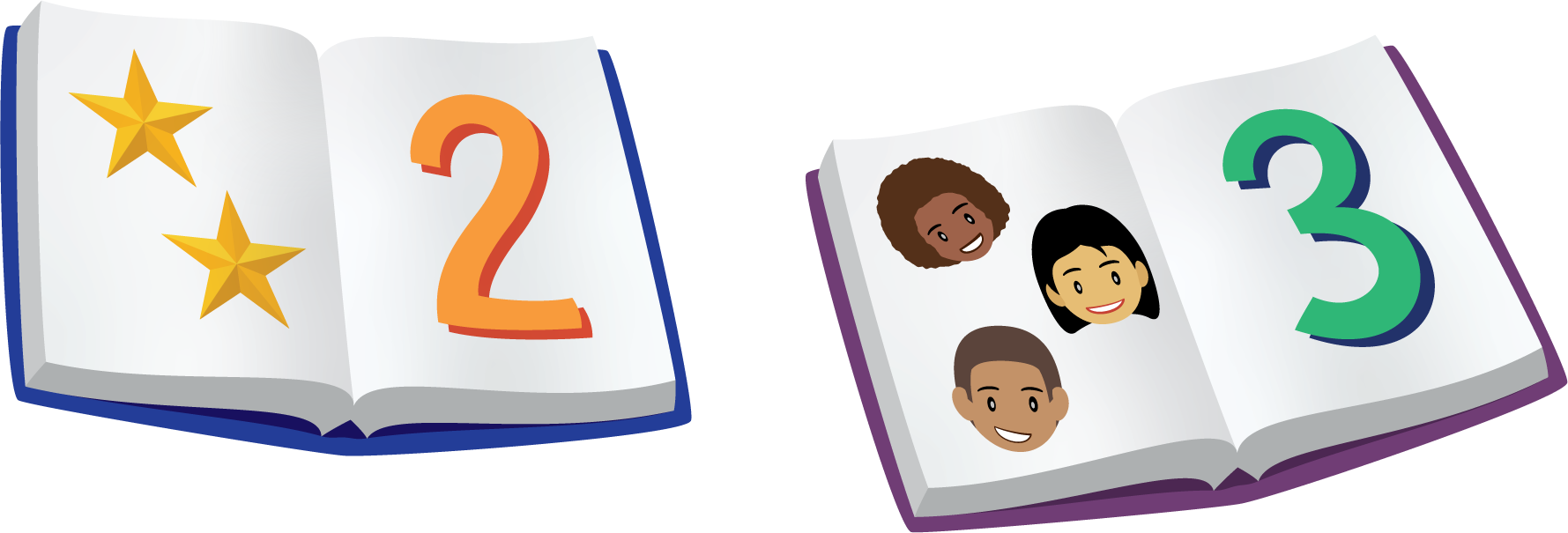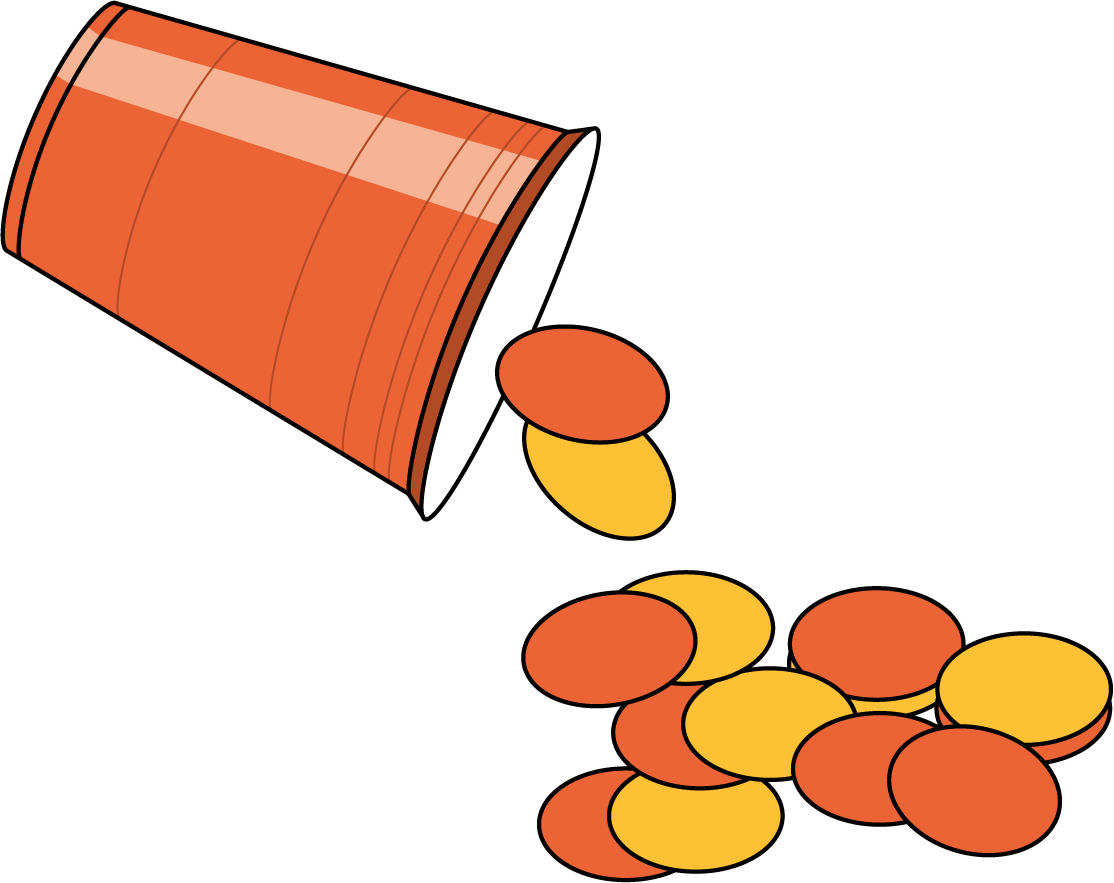Lesson 4
Describe, Compare, and Sort Shapes
Warm-up: Choral Count: Extend the Count Sequence (10 minutes)
Narrative
Launch
- Groups of 2
- “Let’s count to 30.”
Activity
- Count to 30 together.
- Record as students count.
- Count to 30 1–2 times. Point to the numbers as students count.
Student Response
For access, consult one of our IM Certified Partners.
Activity Synthesis
- Point to the number
- “What number is 1 more than 8?” (9).
- “Count to 9 with your partner.”
Activity 1: Classroom Shape Hunt (15 minutes)
Narrative
The purpose of this activity is for students to describe and compare shapes they see in the classroom. Students are given a shape to look for in the classroom. In the synthesis, students are introduced to what it means to sort. Students work in groups to sort shapes into groups in the next activity.
Supports accessibility for: Visual-Spatial Processing
Launch
- Groups of 2
- Assign half of the class to Shape A and the other half to Shape B.
- Display the student page.
- “We are going on a shape hunt in our classroom. There is a special shape you are looking for.”
- Point to Shape A.
- “If you are looking for Shape A, you will look around the classroom for an object that looks like this shape.”
- Point to Shape B.
- “If you are looking for Shape B, you will look around the classroom for an object that looks like this shape.”
- “When you find an object that looks like your shape, bring it back to the group.”
Activity
- 3 minutes: partner work time
Student Facing
Shape A

Shape B

Student Response
For access, consult one of our IM Certified Partners.
Activity Synthesis
- “If you found an object that looks like Shape A, place it here.”
- Invite students to place their object on one part of the carpet or table.
- “If you found an object that looks like Shape B, place it here.”
- Invite students to place their objects on a different part of the carpet or table.
- “What is the same about the objects in this group?” (They all look like Shape A. They are all circles. They all have round sides.)
- “What is the same about the objects in this group?” (They all look like Shape B. They are all rectangles. They have straight sides.)
- “We put our objects into two groups based on things that are the same about the shapes. When we put things in groups based on things that are alike, or the same, it is called sorting.”
- “Let’s figure out how many shapes are in each group.”
- Invite students to count the shapes in each group. Demonstrate writing a number to show how many objects are in each group.
- Display an object that looks like a rectangle, such as a pencil holder.
- “Which group do you think I should put this object in? Why do you think that?” (It should go in this group because it looks like a rectangle. It has straight sides.)
Activity 2: Shape Sort (10 minutes)
Narrative
The purpose of this activity is for students to consider and describe attributes of shapes as they sort shapes into categories. Students were introduced to sorting in the previous activity. This is the first time students sort into categories of their choosing. The standards ask students to sort shapes into given categories, so if groups are having trouble coming up with categories to use to sort, suggest two categories that students can use (for example, has four sides and does not have four sides). Students will sort shapes into given categories in future lessons. When students choose categories for their sort they identify and describe shape attributes (MP6).
Advances: Speaking and Conversing
Required Materials
Materials to Gather
Required Preparation
Launch
- Groups of 2
- Give each group a set of shape cards.
- “In the last activity we sorted our objects into groups. We put the objects together based on something that was the same about them.”
- Display a couple of shape cards.
- “You and your partner will sort the shape cards into two groups. You can decide how to sort the shapes. Put each shape in one of your groups. Talk to your partner about why each shape fits in the group.”
Activity
- 5 minutes: partner work time
- Monitor for groups that sort the shapes in different ways.
- “Write a number to show how many shapes are in your groups.”
- 2 minutes: independent work time
- “Which group has more shapes? How do you know?”
- 30 seconds: quiet think time
- 30 seconds: partner discussion
Student Facing



Student Response
For access, consult one of our IM Certified Partners.
Activity Synthesis
- Invite at least two groups of students to share their sorts.
- “Why did they put these shapes together? What is the same about these shapes?”
Activity 3: Centers: Choice Time (20 minutes)
Narrative
The purpose of this activity is for students to choose from activities that offer practice with number and shape concepts.
Students choose from any stage of previously introduced centers.
- Which One
- Picture Books
- Bingo
- Shake and Spill
Required Materials
Materials to Gather
Required Preparation
- Gather materials from:
- Which One, Stage 1
- Picture Books, Stages 1–3
- Bingo, Stages 1 and 2
- Shake and Spill, Stages 1 and 2
Launch
- “Today we are going to choose from centers we have already learned.”
- Display the center choices in the student book.
- “Think about what you would like to do first.”
- 30 seconds: quiet think time
Activity
- Invite students to work at the center of their choice.
- 8 minutes: center work time
- “Choose what you would like to do next.”
- 8 minutes: center work time
Student Facing
Choose a center.
Which One

Picture Books

Bingo

Shake and Spill

Activity Synthesis
- “How did you and your partner work together to decide which centers to choose?”
Lesson Synthesis
Lesson Synthesis
Display two groups of shape cards: A, I, J, O and F, H, N.
“Today we sorted shapes into groups. We know that we sort shapes into groups based on something that is the same about the shapes.”
Display shape card D.
“Which group would you put this shape in? Why does it belong in that group?” (I would put it in the first group because it has 4 sides like the other shapes in the group.)
Cool-down: Unit 3, Section A Checkpoint (0 minutes)
Cool-Down
For access, consult one of our IM Certified Partners.